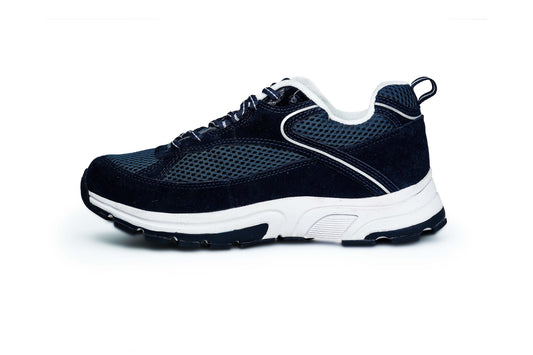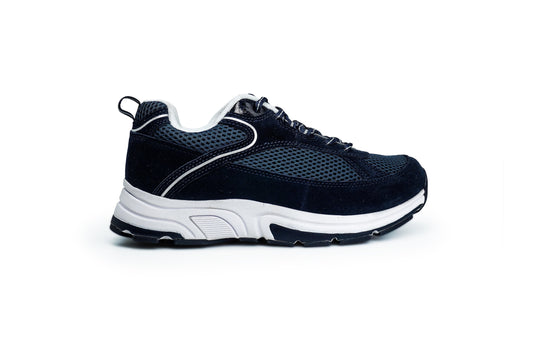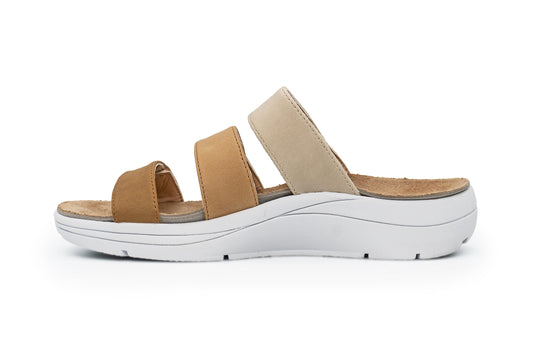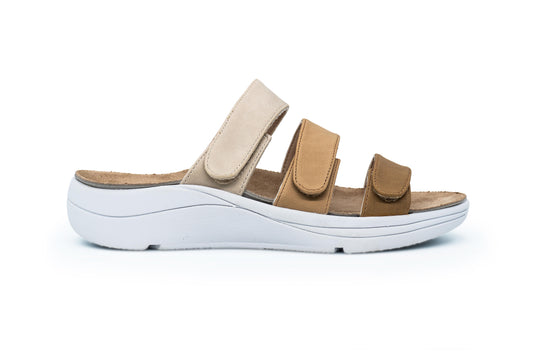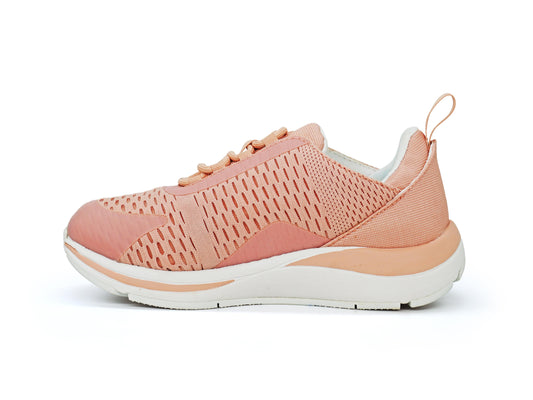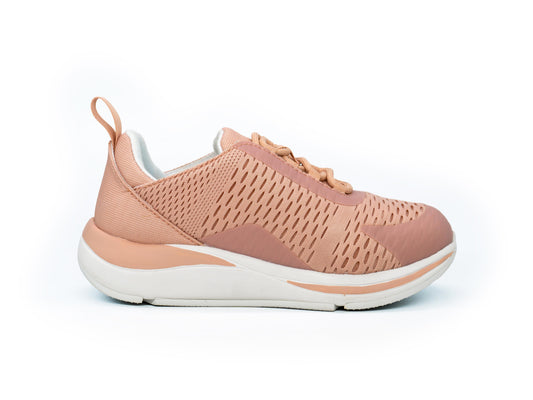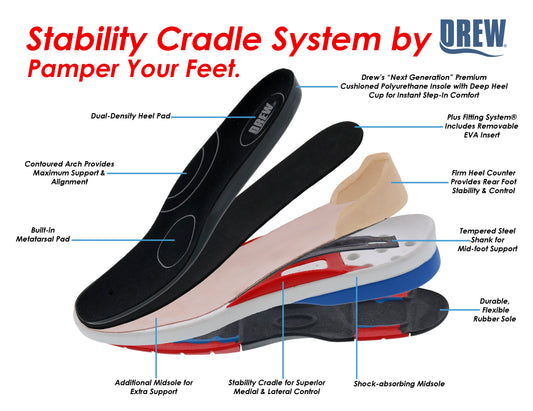Navigating Heel Spurs: Understanding, Treating, and Easing Heel Discomfort
Heel spurs, bony outgrowths that can develop on the underside of the heel bone, are a common source of foot pain for many individuals. While not always the direct cause of discomfort, understanding heel spurs and their relationship with other conditions is key to effective management. In this comprehensive guide, we'll explore the world of heel spurs, covering their causes, and symptoms, and offering practical insights into treatments and relief.
What Causes Heel Spurs?
- Foot Strain and Stress: Repetitive stress and strain on the ligaments and muscles of the foot, often associated with conditions like plantar fasciitis, can contribute to the formation of heel spurs.
- Foot Structure: Flat feet or high arches can alter the distribution of weight on the foot, leading to increased stress on the heel.
- Age: Heel spurs are more common in older individuals, as the wear and tear on the feet over time can contribute to their development.
- Footwear: Wearing shoes with inadequate support or an improper fit can increase the risk of heel spurs.
Signs and Symptoms
- Heel Pain: The most common symptom is pain, often described as a stabbing sensation, especially when walking or standing for extended periods.
- Tenderness: The affected area may be tender to the touch.
- Inflammation: Swelling and redness may be present, particularly around the heel.
Treatment Options
- Rest and Ice: Resting the foot and applying ice can help reduce inflammation and alleviate pain.
- Footwear Modification: Wearing shoes with good arch support and cushioning can reduce pressure on the heel.
- Orthotic Inserts: Custom or over-the-counter inserts provide additional support and help distribute pressure evenly.
- Physical Therapy: Stretching and strengthening exercises can improve foot mechanics and alleviate strain.
Prevention Tips
- Proper Footwear: Choose shoes with good arch support and cushioning to reduce stress on the heel.
- Gradual Activity Increase: Avoid sudden increases in activity levels to prevent overloading the foot.
- Maintain a Healthy Weight: Excess weight can contribute to heel spurs, so maintaining a healthy weight is beneficial.
- Stretch Regularly: Incorporate regular stretching into your routine, especially if you have tight calf muscles or Achilles tendons.
When to Seek Medical Attention
If the heel pain persists, becomes severe, or if there is no improvement with home care, it's advisable to consult with a healthcare professional or a podiatrist for a proper diagnosis and tailored treatment plan.
DiabeticShoe.in offers a variety of goods that can help alleviate pain caused by Heel spurs.
Now is the time to buy medically manufactured insoles and shoes to treat foot pain!
Learn more about Prescribed Orthotics.

